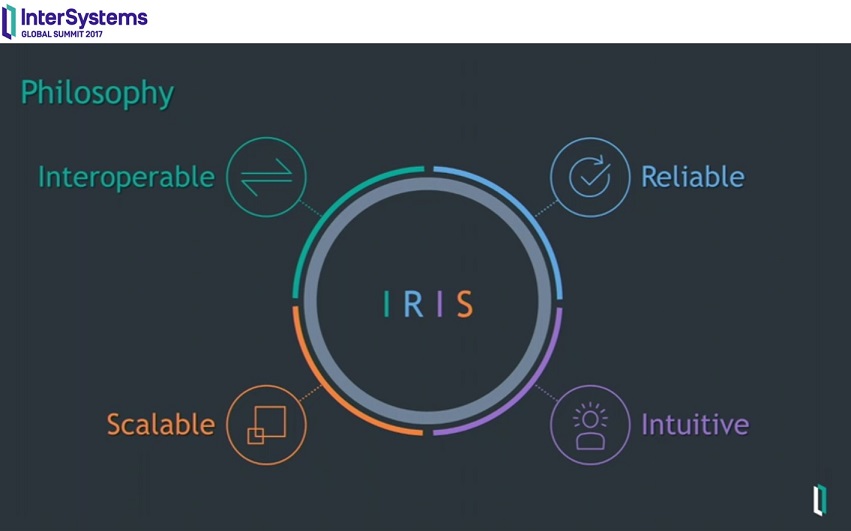Hi world, i work actually on a medical care project , i'm blocked since this monday , i read a lot off topic for ensemble production but i think that the solution is so far to find, please can you help me , my question is :
i want to create a data base inside it i associat for each patient his own rule , how can i do it? thank's



 XDATA is used for a whole host of ISC libraries to store things like Zen pages, BPL logic and DTL transformations.
XDATA is used for a whole host of ISC libraries to store things like Zen pages, BPL logic and DTL transformations.